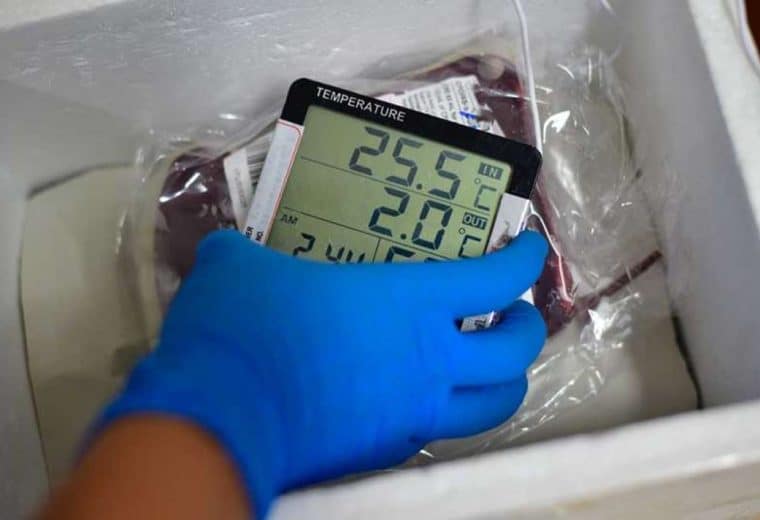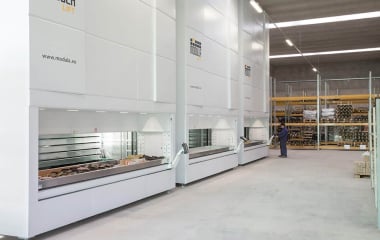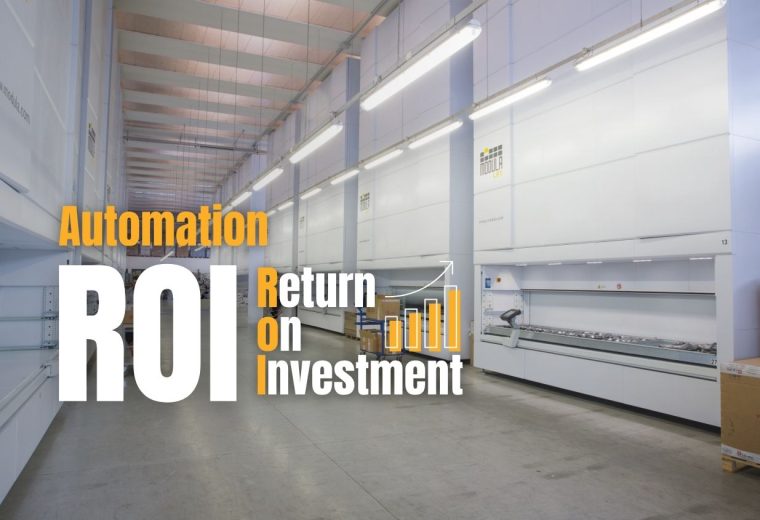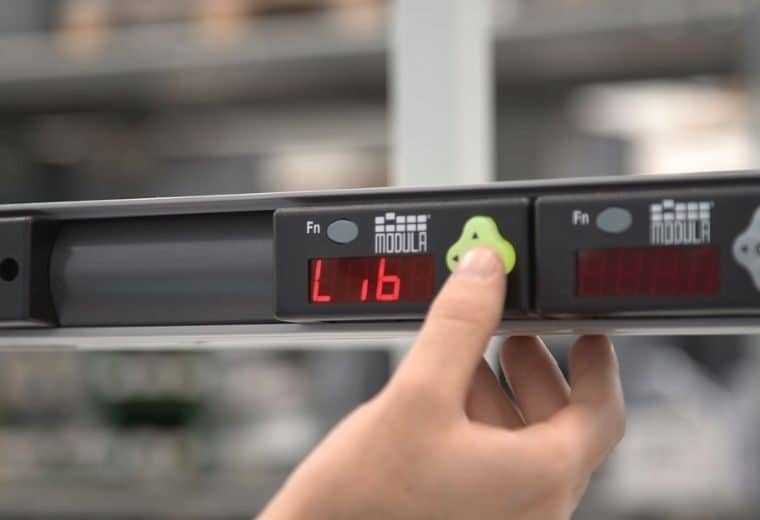Choosing the right picking solution to increase warehouse productivity
Discover the advantages of paperless picking solutions, such as put to light system paired with picking stations and picking carts, to improve inventory accuracy, reduce waste & boost warehouse efficiency.
Warehouse logistics is an ecosystem of solutions and tools that coexist and operate in synergy to achieve common goals, including efficient storage and preservation of goods as well as order preparation. Technological evolution has made warehouses a key component of ongoing progress, thanks to the use of systems capable of speeding up the management of goods and order preparation, enhancing operating conditions, reducing errors, and increasing productivity. These efforts towards more efficient warehouse operations involve personnel as well. Warehouse operators are no longer simple workers, but the coordinators of an advanced, easy to manage and innovative system designed to facilitate their work.
In the constantly evolving world of supply chain & warehouse logistics, we can distinguish three main elements:
- Storage solutions: the actual structures where goods are stored, such as automated vertical and horizontal storage systems;
- Warehouse Management Systems: software application designed to support and optimize warehouse, distribution, supply chain, and fulfillment processes;
- Picking solutions: processes designed to optimize the preparation of orders starting from the picking of goods from the storage areas.
In this article we will explore the picking solutions and analyze their impact on warehouse logistics.
The put to light system and other picking solutions to enhance its functionality
The put to light system is a picking solution developed to achieve greater efficiency in warehouse management, goods picking, and order preparation. The pick to light system can be used on a picking cart or picking station, to further enhance its functionality and improve warehouse operations. Let’s start from the heart of the system, the put to light, which is the perfect solution for faster, paperless and intuitive order preparation.
How does the Put to Light System work?
The put to light is part of the outbound internal logistics flow and is a valid aid in the sorting of goods. In fact, the put to light displays positioned on counters or roller conveyors visually guide the operator to the individual areas where the picked products and items must be placed. More precisely, each specific position is dynamically associated with an order and is combined with a lighted display that indicates to the operator where to place the item(s) and in what quantity. Through the implementation of dedicated Warehouse Management Software (WMS), it is possible to manage different picking processes such as batch picking (same SKU to be distributed on different orders) or multi-order picking (simultaneous preparation of multiple orders without batch picking). The put to light system can be applied to both automatic storage systems and traditional storage structures like static shelving.
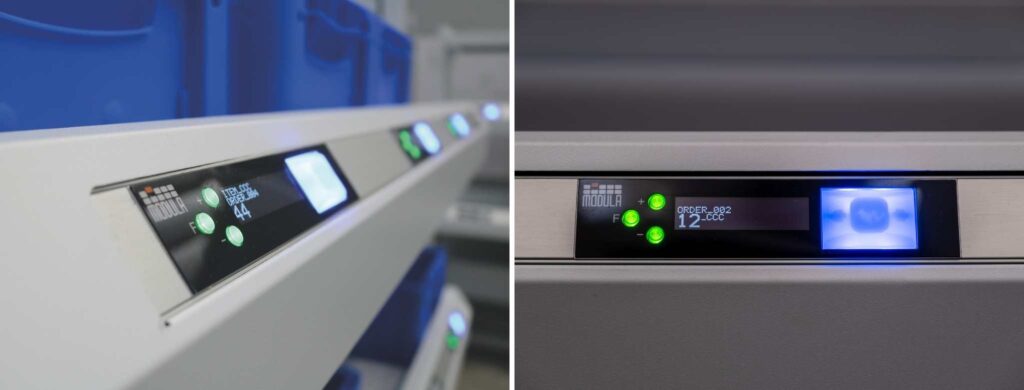
After introducing the put to light (PTL) system, it is time to look at the characteristics and functions of two complementary pieces of equipment that can be used in conjunction with the put to light: the picking station and the picking cart.
What is a Picking station and how it works when paired to the Put to light System?
The picking station can be considered the infrastructure (hardware) of the put to light (the core system). It is an intermediate storage point, made of a sturdy coated steel structure. The station is equipped with multiple shelves to house the containers where the goods are placed. Each container is associated with a put to light display with its own control unit and power supply. The picking station can be used in combination with manual or automated handling systems like belt conveyors. The picking stations are modular and can be placed side by side to expand the operating area (with operators on one side or both sides). This is very useful when it is necessary to process multiple orders simultaneously. The picking station can be customized with additional picking aids, such as monitors, barcode readers, label printers, or other accessories.
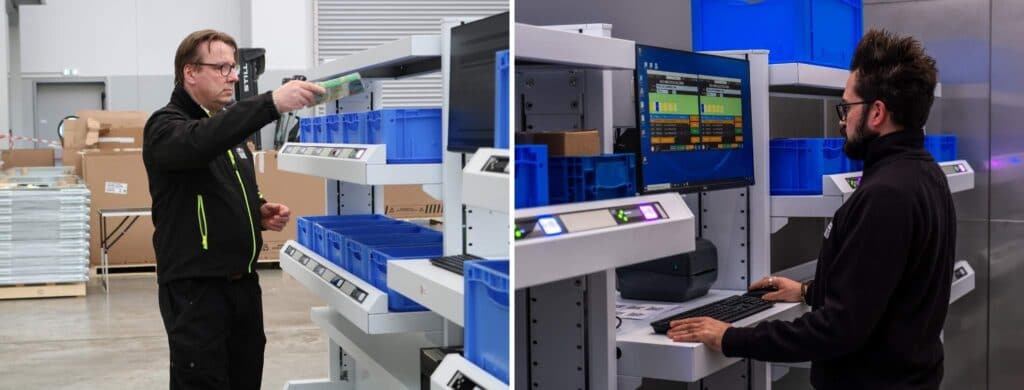
What is a mobile picking cart and how it can be used in a warehouse?
The picking cart is a steel trolley equipped with 4 pivoting wheels, designed to be maneuvered with extreme ease. Thanks to their mobility, these mobile carts are perfect in facilities or warehouses where products need to be picked from various locations and moved throughout the operation.
It has shelves for containers, put to light displays with the related control units, power or backup batteries, and WiFi systems for wireless connectivity. The picking cart can be moved manually by the operator or by autonomous mobile robots. Easy to use and easy to learn, the picking cart can be used with vertical or horizontal automated storage systems as well as with “traditional” storage systems such as static shelving.
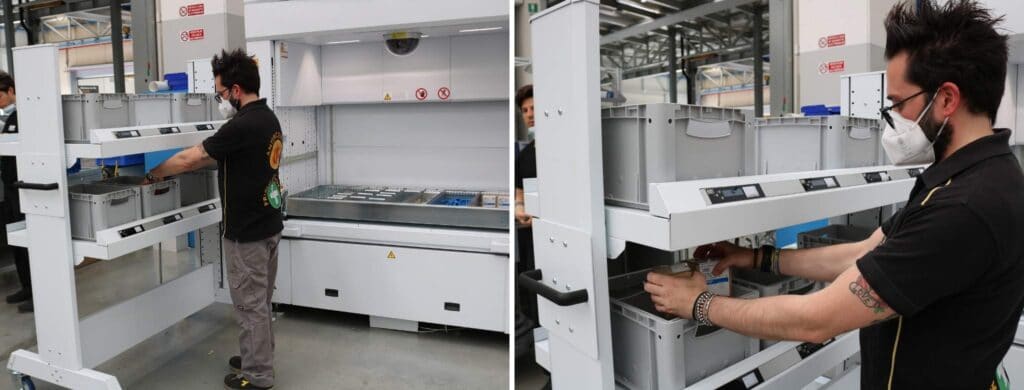
Picking stations and picking carts can also be combined by special picking applications for smartphones and mobile devices to track picking and placing operations within the entire warehouse.
The advantages of implementing paperless picking solutions in your warehouse logistics
All these new warehouse paperless picking solutions dramatically boost the safety and efficiency of the warehouse personnel. The put to light, the picking station, and the picking cart are 3 complementary elements that can work in synergy to improve productivity, a critical factor for many sectors such as distribution.
Some of the main advantages of these warehouse picking systems are:
- Improve picking speed: for example, the number of picking operations in a given time. By decreasing the searching time for items and replacing pick tickets and shipping lists, the overall picking process is much faster and intuitive.
- Increase picking accuracy and significantly reduce errors (which are common manual processes). The lights on the devices guide operators visually during product sorting, making possible the most accurate picking of orders and eliminating all errors.
- Short training period: thanks to the simplicity and easy-to-follow user guidance, the training period is really short.
- Minimize the impact of reverse logistics: maintaining an accurate view of inventory helps prevent over-or under-ordering, both of which can negatively impact your bottom line.
- Direct communication via WMS: paperless picking solutions offer a real-time view of current and forecast inventory, reducing costs and increasing profitability.
- Easy installation and maintenance: the picking solutions are easy to be installed and require limited maintenance and upgrades to always guarantee top efficiency.
Do you want to optimize your warehouse picking operations?


